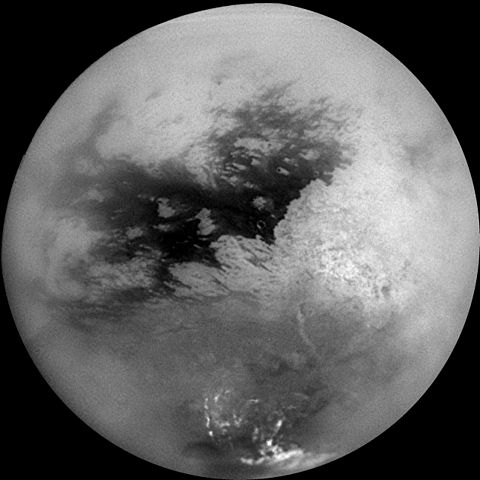 |
This is a file from the Wikimedia Commons. Information from its description page there is shown below.
Commons is a freely licensed media file repository. You can help.
|
 |
This is a featured picture, which means that members of the community have identified it as one of the finest images on the English Wikipedia, adding significantly to its accompanying article. If you have a different image of similar quality, be sure to upload it using the proper free license tag, add it to a relevant article, and nominate it. |
 |
This image was selected as picture of the day on the English Wikipedia for January 10, 2009. |
|
|
|

|
  This is a featured picture on the English language Wikipedia ( Featured pictures) and is considered one of the finest images. This is a featured picture on the English language Wikipedia ( Featured pictures) and is considered one of the finest images.
If you think this file should be featured on Wikimedia Commons as well, feel free to nominate it.
If you have an image of similar quality that can be published under a suitable copyright license, be sure to upload it, tag it, and nominate it.
|
|
|
Summary
| DescriptionTitan globe.jpg |
English: A mosaic of nine processed images acquired during Cassini's first very close flyby of Saturn's moon Titan on Oct. 26, 2004, constitutes the most detailed full-disc view of the mysterious moon. The view is centered on 15 degrees South latitude, and 156 degrees West longitude. Brightness variations across the surface and bright clouds near the south pole are easily seen. The images that comprise the mosaic have been processed to reduce the effects of the atmosphere and to sharpen surface features. The mosaic has been trimmed to show only the illuminated surface and not the atmosphere above the edge of the moon. The Sun was behind Cassini so nearly the full disc is illuminated. Pixels scales of the composite images vary from 2 to 4 kilometers per pixel (1.2 to 2.5 miles per pixel). Surface features are best seen near the centre of the disc, where the spacecraft is looking directly downwards; the contrast becomes progressively lower and surface features become fuzzier towards the outside, where the spacecraft is peering through haze, a circumstance that washes out surface features. The brighter region on the right side and equatorial region is named Xanadu Regio. Scientists are actively debating what processes may have created the bizarre surface brightness patterns seen here. The images hint at a young surface with no obvious craters. However, the exact nature of that activity, whether tectonic, wind-blown, fluvial, marine, or volcanic is still to be determined. The images comprising this mosaic were acquired from distances ranging from 650,000 kilometers (400,000 miles) to 300,000 kilometers (200,000 miles).
Français : Titan : une des lunes de Saturne vue par la mission Cassini, le 26 octobre 2004. Cettte mosaïque de neuf images montre des variations d'éclat de la surface de Titan, et des nuages lumineux près du pôle sud. Elle est centrée sur 15° Sud, 156° Ouest. Les images ont été traitées afin d'améliorer la netteté des détails de la surface. Malgré cela, plus on s'approche du limbe, plus l'image est floue car la ligne de visée traverse davantage d'atmosphère. La région la plus lumineuse du côté droit et la région équatoriale portent le nom de Xanadu Regio. La surface semble jeune et il n'y a pas de cratère visible. Les images ont été prises d'une distance variant entre 650 000 et 300 000 km.
Deutsch: Mosaik von Aufnahmen der Oberfläche Titans während des ersten Vorbeifluges von Cassini am 26. Oktober 2004.
Italiano: Mosaico composto da nove immagini scattate durante il primo sorvolo ravvicinato di Titano, una luna di Saturno, il 26 ottobre 2004. Costituisce la visuale più dettagliata dell'intera superficie della misteriosa luna.
|
| Date |
26 October 2004 (image taken on that day) |
| Source |
NASA planetary photojournal
|
| Author |
NASA/JPL/Space Science Institute |
Permission
( Reusing this file) |
Copyright information from http://www.jpl.nasa.gov/images/policy/index.cfm - Unless otherwise noted, images and video on JPL public web sites (public sites ending with a jpl.nasa.gov address) may be used for any purpose without prior permission [...]
|
Licensing
| Public domainPublic domainfalsefalse |
 |
This file is in the public domain because it was solely created by NASA. NASA copyright policy states that "NASA material is not protected by copyright unless noted". (See Template:PD-USGov, NASA copyright policy page or JPL Image Use Policy.) |
|
|
|
Warnings:
- Use of NASA logos, insignia and emblems are restricted per US law 14 CFR 1221.
- The NASA website hosts a large number of images from the Soviet/ Russian space agency, and other non-American space agencies. These are not necessarily in the public domain.
- Materials based on Hubble Space Telescope data may be copyrighted if they are not explicitly produced by the STScI. See also {{ PD-Hubble}} and {{ Cc-Hubble}}.
- The SOHO (ESA & NASA) joint project implies that all materials created by its probe are copyrighted and require permission for commercial non-educational use.
- Images featured on the Astronomy Picture of the Day (APOD) web site may be copyrighted.
|
File usage
The following pages on Schools Wikipedia link to this image (list may be incomplete):
Through Schools Wikipedia, SOS Children's Villages has brought learning to children around the world. SOS Children is famous for the love and shelter it brings to lone children, but we also support families in the areas around our Children's Villages, helping those who need us the most. Find out more about sponsoring a child.





